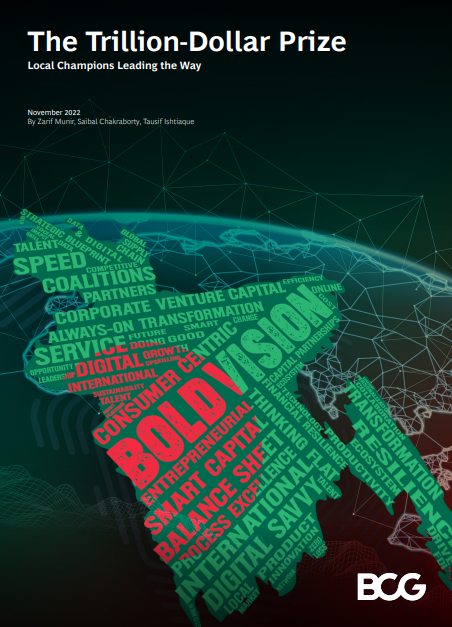The Bangladesh economy has displayed strong performance over the recent years and is on course to emerge as a USD1Tn economy in the coming decades. With an average annual GDP growth of 6.4% between 2016-2021, Bangladesh has outpaced major Asian peers such as India, Indonesia, Vietnam, Philippines, and Thailand. A key driver is the domestic consumer market–which is set to become the ninth-largest consumer market in the world through a rapidly expanding middle-and-affluent class projected to grow from ~19Mn in 2020 to ~34Mn by 2025. It is bolstered by a young workforce of ~114Mn people, a burgeoning gig economy with ~650k freelancers–the second-largest online workforce globally–and a rising digital adoption rate with ~177Mn mobile subscribers. Though the economy faces some near-term volatility, we are confident that this highly resilient economy will continue to demonstrate robust growth in the long term. Despite COVID-19, Bangladesh’s GDP grew ~3.4% in 2020, demonstrating the economy’s resilience during significant global economic disruption.
Bangladesh’s growth story is underpinned by some fundamental drivers – consumer optimism, a willingness to innovate in emerging economic sectors, the continued rise in middle and affluent consumers, an ambitious young workforce, and economic resilience.
Bangladesh’s digital economy continues to gain momentum, buoyed by growing connectivity and improved digital consumer interaction. Mobile cellular subscriptions almost doubled between 2012 and 2021, reaching ~177Mn, while internet subscriptions grew from minimal users to ~70% penetration in the last 10 years. This provides a fertile environment for the digital economy, with the volume of digital financial more than doubling from 1.7Bn transactions in 2019 to an estimated 3.5Bn in 2022.
No story is without ups and downs. The current economic climate has created some uncertainties, with liquidity challenges, foreign exchange risks, and inflationary pressures in the short term, but the measures the country is taking should allow Bangladesh to remain on its course toward a trillion-dollar economy.
Some of the Key findings from the study:
Note: This report was originally published by BCG
 |
If you are interested to learn more
|
Gain perspectives of the emerging sectors of Bangladesh
InsightsContact us for a comprehensive understanding of the investment landscape in Bangladesh